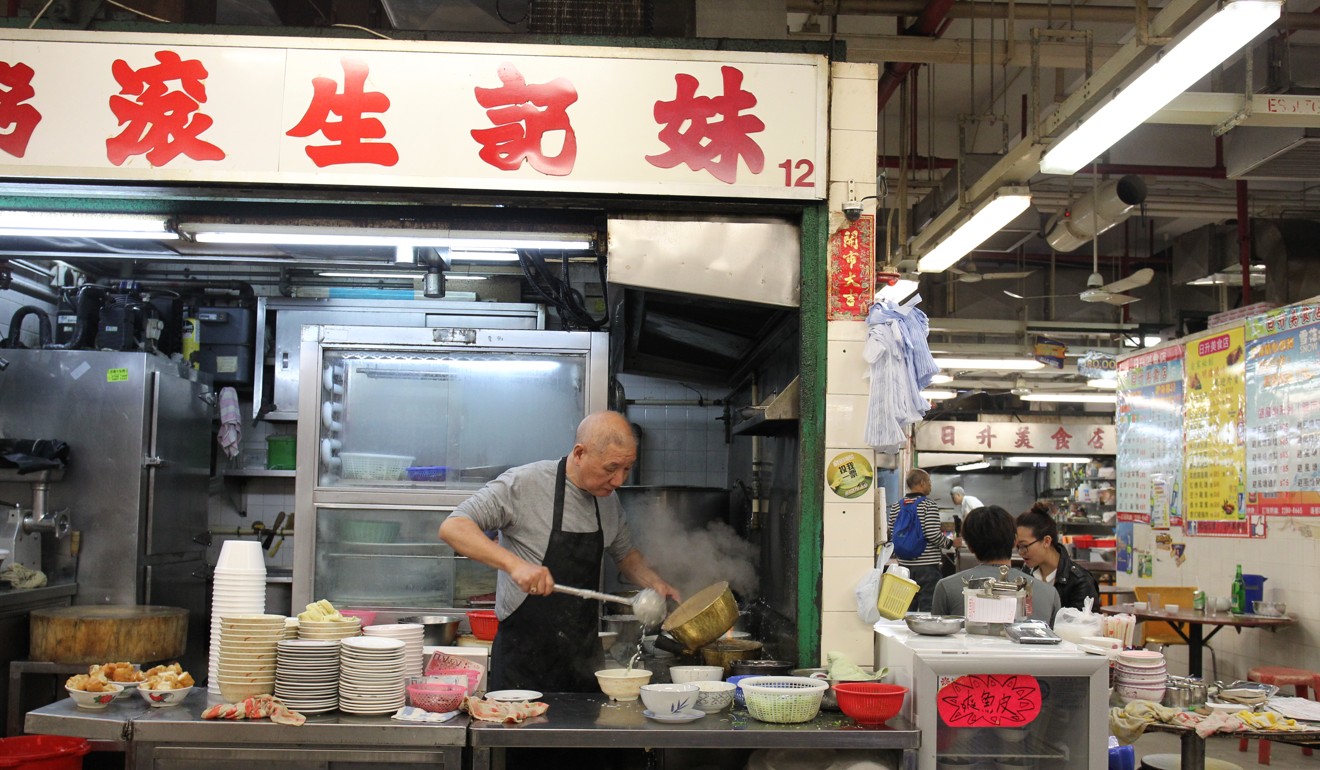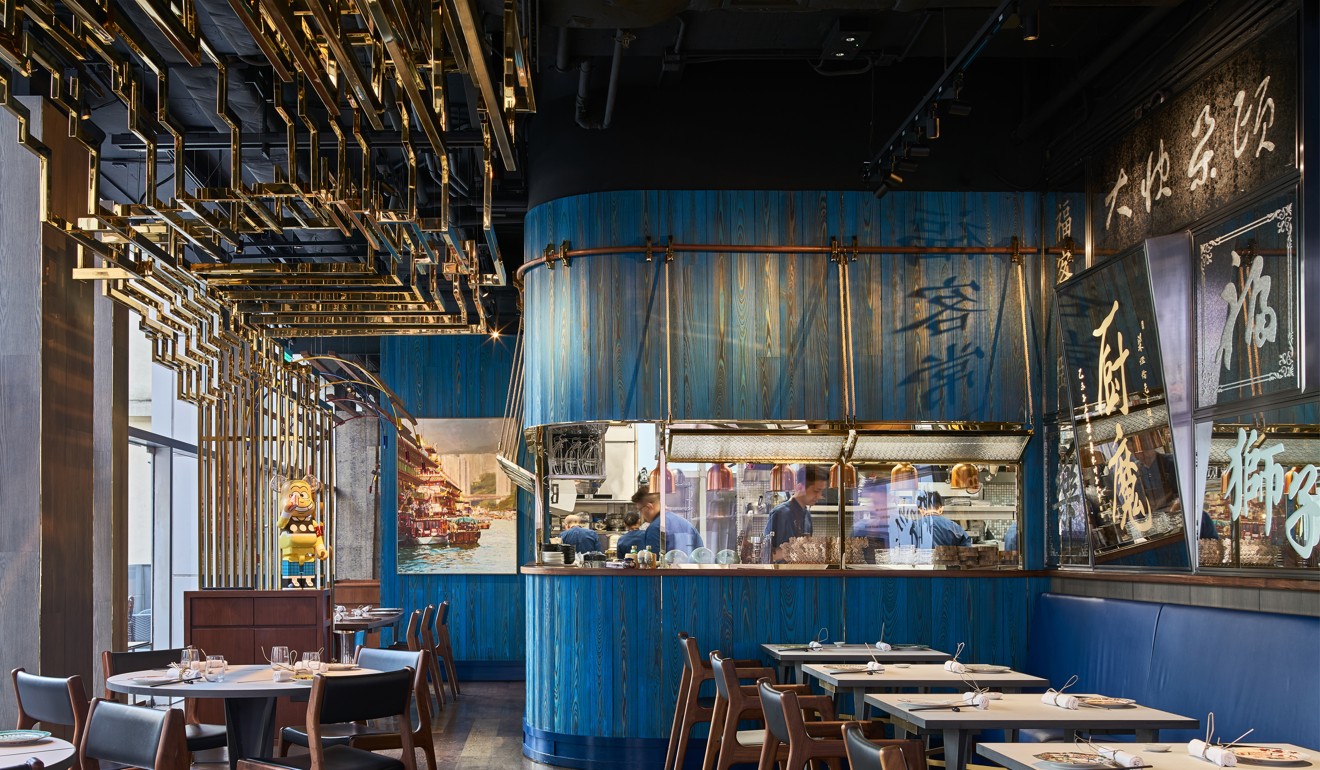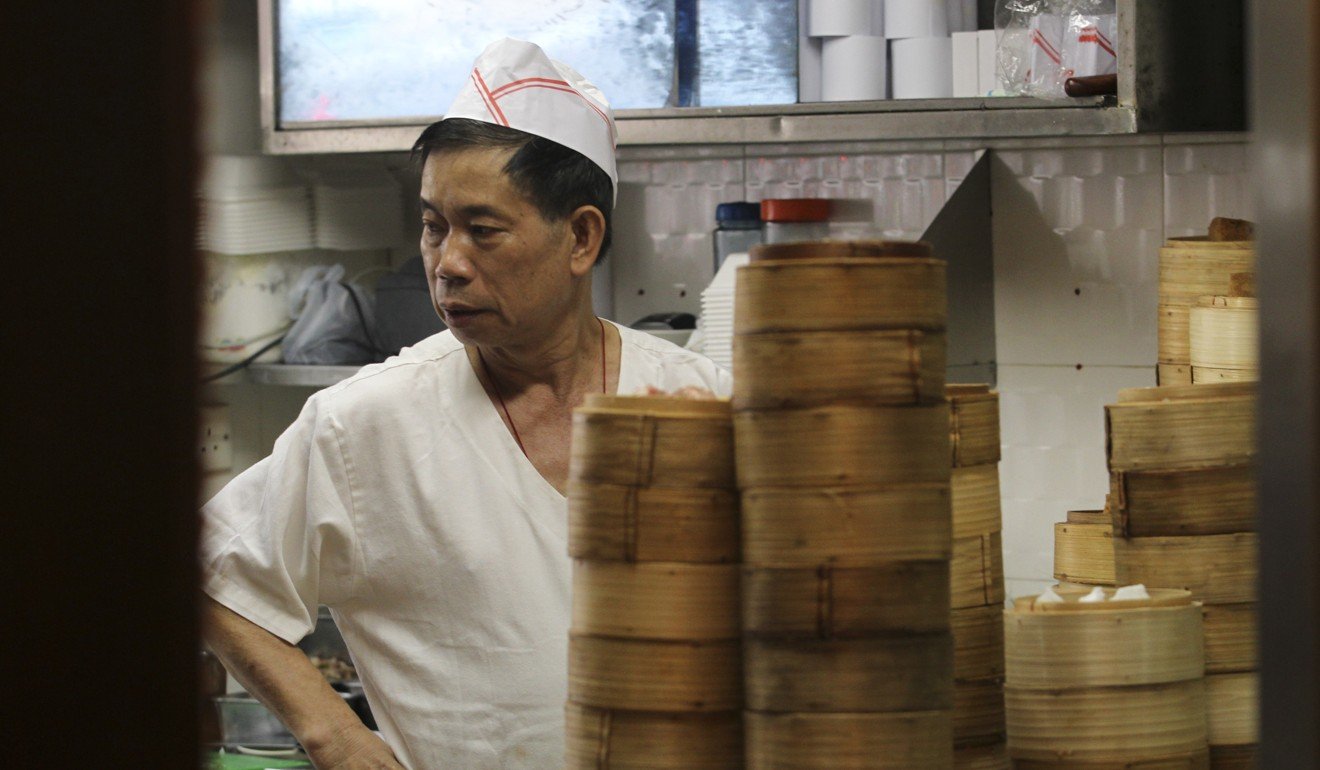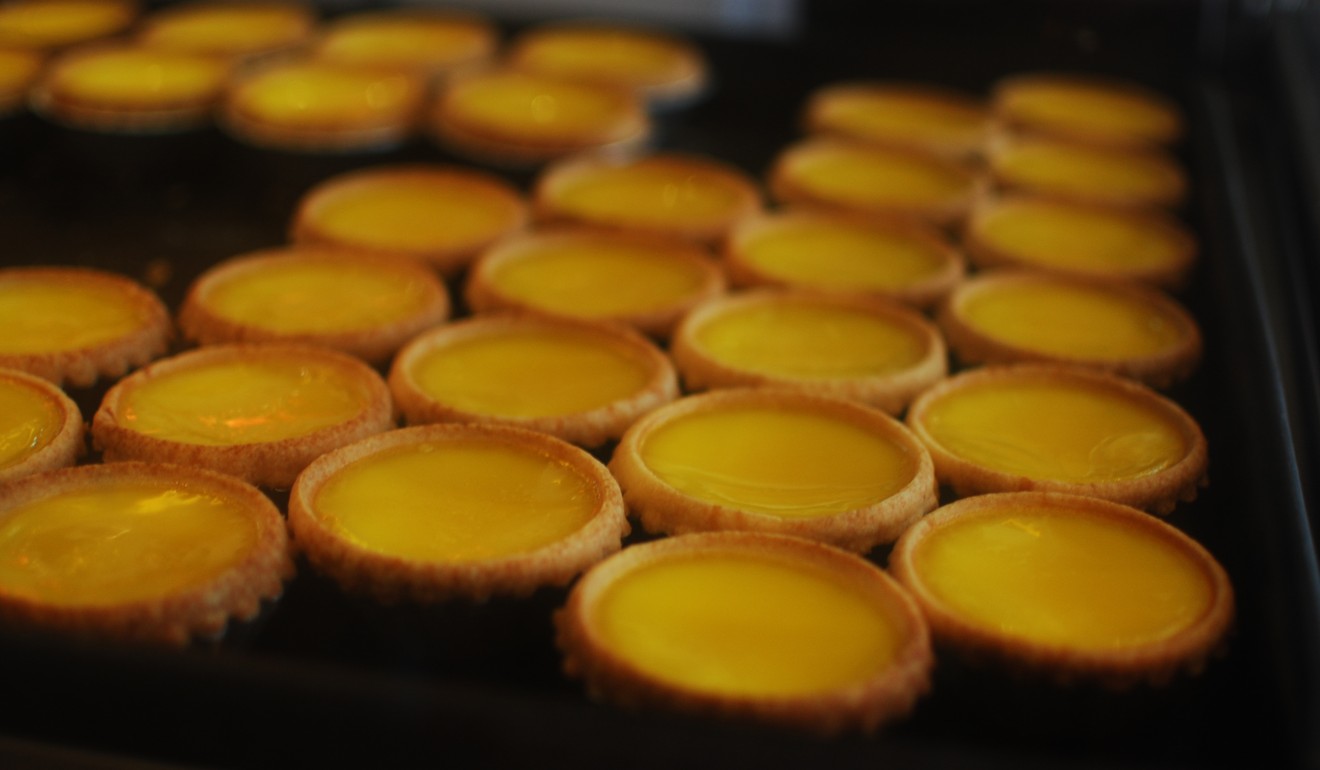
Singapore’s got a taste for Hong Kong cooking – and it’s coming back for more
Hong Kong eateries like Tim Ho Wan, Honolulu Café and Mak’s Noodles are using the Lion City as a launch pad into the rest of Southeast Asia. And their current popularity is just an appetiser of what’s to come
At least once a month, marketing executive Clare Lee heads down to Singapore’s prime shopping belt Orchard Road to satisfy her craving for a box of Tai Cheong Bakery’s famous egg tarts. At S$2 (HK$11.70) apiece, the pastry can be almost double the price of those found in local bakeries in Singapore’s heartlands. But the 26-year-old is undeterred.
“They have one of the best egg tarts I’ve ever tasted – the crust is really buttery and the egg custard is good too. The prices are OK because it’s not cheap in Hong Kong either,” she said.
Singapore’s Trump-Kim summit: the leading venues to play host
The bakery has made its mark in Singapore since opening in 2016. Besides an outlet on Orchard Road, it also has a 60-seat eatery at Holland Village – a popular dining spot in western Singapore.

Last November, Kam’s Roast opened its doors here, although it was without its signature item – roast goose – after the restaurant could not source geese from Hungary or United States, the only two countries allowed to import the birds into Singapore. Instead, its roast duck and char siew are hot favourites among locals.
A five-minute walk from Kam’s Roast is Mui Kee Congee, which opened in March. In the first week of its opening, it was reported that diners had to queue up to an hour for a table at the 50-seat restaurant.


TODAY SINGAPORE, TOMORROW ...
These brands are not content with the tiny Singapore market. Most partner with Singaporean firms in the hope that the local know-how will give them an advantage as they push into Southeast Asia.
Tim Ho Wan for instance, has been one of the fastest to use Singapore as a springboard into the rest of the region. After its first stop in Singapore in 2013, it has since opened outlets in the Philippines, Malaysia and Thailand.
Hong Kong cafe Tsui Wah, is opening its first outlet in Singapore this year with the help of local restaurant JUMBO group, and it has plans to expand. The food brand currently has about 70 outlets in Hong Kong, Macau and China.

Tai Cheong Bakery in Singapore, which is a partnership between Hong Kong’s Tao Heung Group and Singapore’s Palm Beach Group, is also gearing towards regional expansion.
“We view Singapore as an ideal location for us to develop the brand,” said Han Jin Juan, managing director of Palm Beach Seafood Restaurant. The company is working with an Indonesian partner, and there has also been interest in bringing the brand to Thailand, Malaysia and Vietnam.
George Soros who? Why Singapore is no Hungary
Moving out of Hong Kong elevates the prestige of these food brands back home and offers a chance to boost their coffers, said Leslie Tay, a Singapore food blogger. “In Singapore, because they’re perceived as a foreign brand, they’re able to charge higher and upsell their brands overseas.”
Opening a higher end cafe-style eatery back in Hong Kong would not work as well for some of them, Tay said. People would not be willing to pay more when they can get the same fare at a cooked food centre.

The influx of Hong Kong food brands into the country reflected the increasing cosmopolitan appetite of Singaporeans, Tay said.
“It’s because of the development of our food environment here. People are now looking for something new. ”
Indeed, the reception for Tai Cheong had been overwhelming, Han said.
“We did not expect such a strong response from our customers around the island. In Hong Kong, it is common to see queues of Asian tourists ordering pastries to take home and this gave us the confidence to pursue our shared vision of growing the brand around the region.”
Tay said that since the Marina Bay Sands resort opened in 2010, along with a number of celebrity chef-owned restaurants, Singaporeans had been more willing to pay more for their meals.
A famous Hong Kong restaurant is cheaper in general as compared to other restaurants
“People are now used to having famous brands in Singapore, and a famous Hong Kong restaurant is cheaper in general as compared to other restaurants.”
There is also “more recognition and attraction” for Singapore when you bring in famous foreign brands like the Michelin-starred Tim Ho Wan, he said.
But with expansion into foreign countries comes certain obstacles, and maintaining the quality of food ranks as one of the biggest challenges.

Hongkonger Esther Lau, who has been living in Singapore for 22 years, finds the taste of Hong Kong food less authentic than the original back home. “For example, the prawns in the dumplings at Tim Ho Wan in Singapore are smaller and less crunchy than at the original in Hong Kong,” said the homemaker, 58.
Food blogger Daniel Ang said most Hong Kong food in Singapore was at about 70 per cent of the standard back in Hong Kong, which is largely due to logistical challenges.
“The businesses face difficulties in getting the same supply of ingredients and kitchen help who are able to churn out food consistently,” he said.
Forget China: Hong Kong, Singapore are new kids on the blockchain
Restaurants are willing to spend more for quality control. For instance, Mak’s Noodles in Singapore directly ships ingredients from its branch at Central, Hong Kong, said Lee Cheng Ling, general manager of Singapore food company Asia Gourmet, which brought Mak’s Noodles and Honolulu Café to Singapore.
Honolulu Cafe also imports tea leaves and coffee powder from Hong Kong to ensure that customers get the authentic taste of its signature milk tea.
But for Singaporeans like the marketing executive Lee, being able to get a taste of the Hong Kong food experience is good enough.
“As long as they are able to maintain their current standards here, it’s good because I can easily head to Hong Kong eateries when I’m craving them in Singapore.” ■

